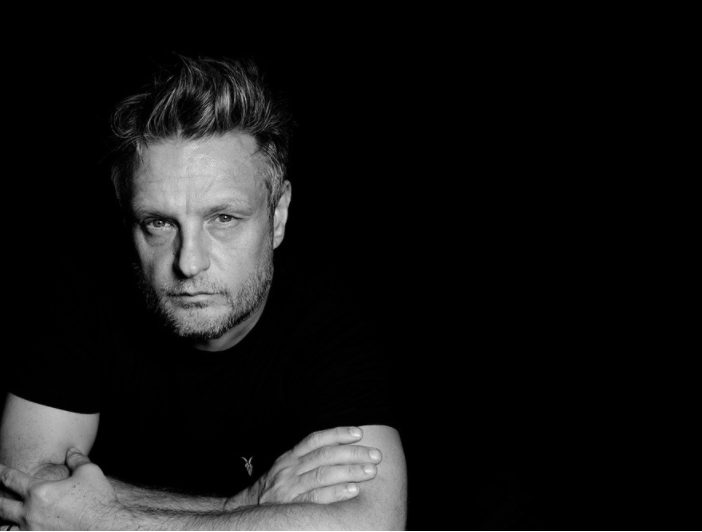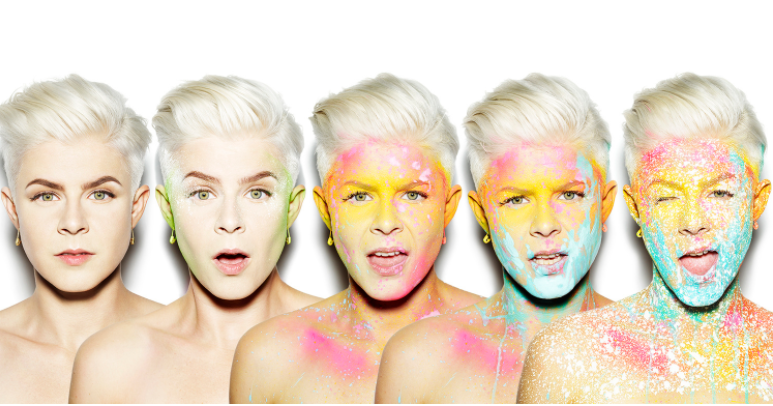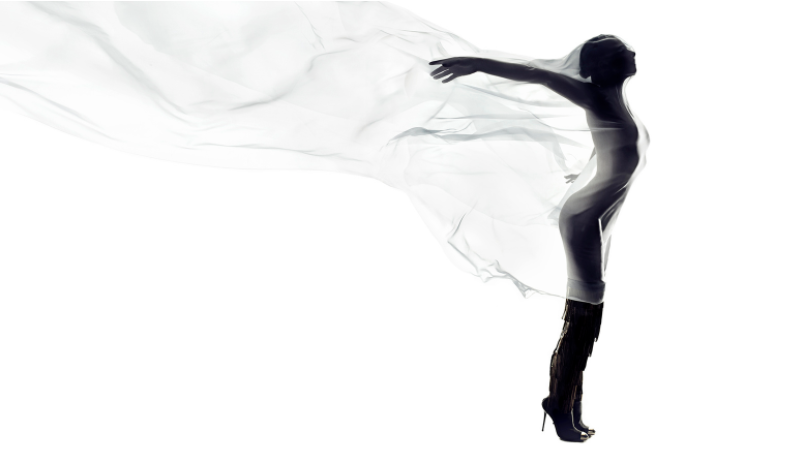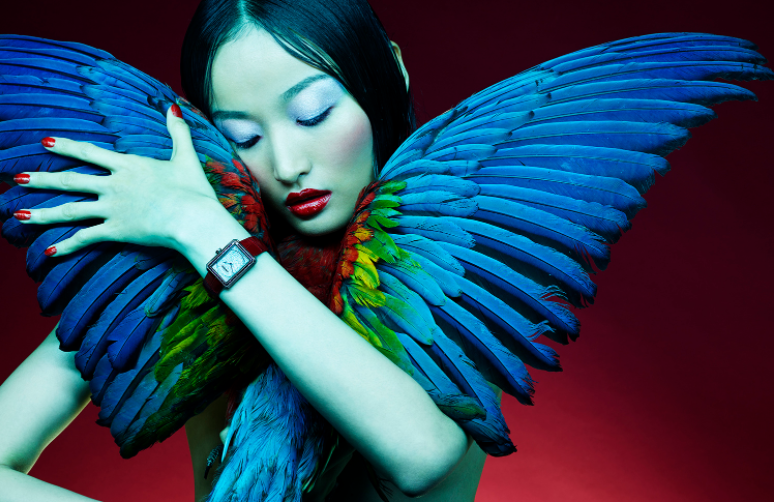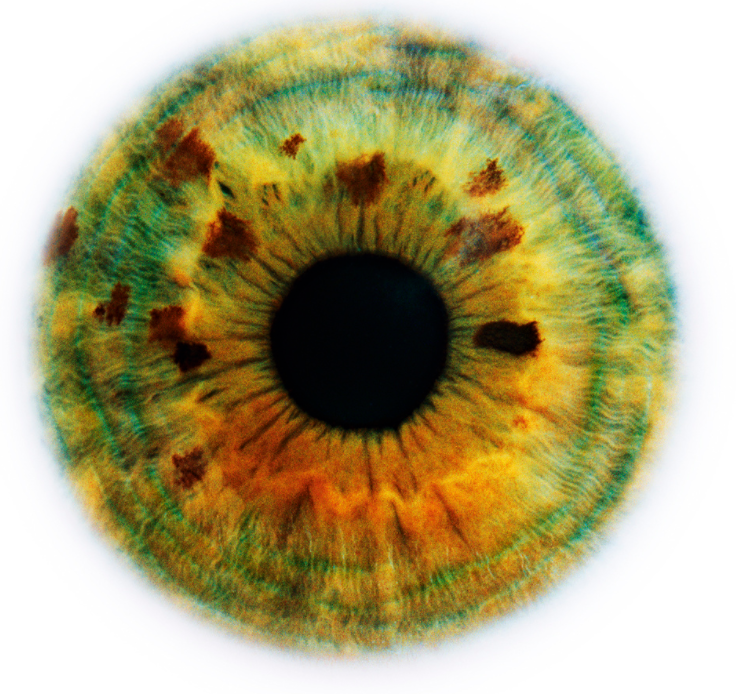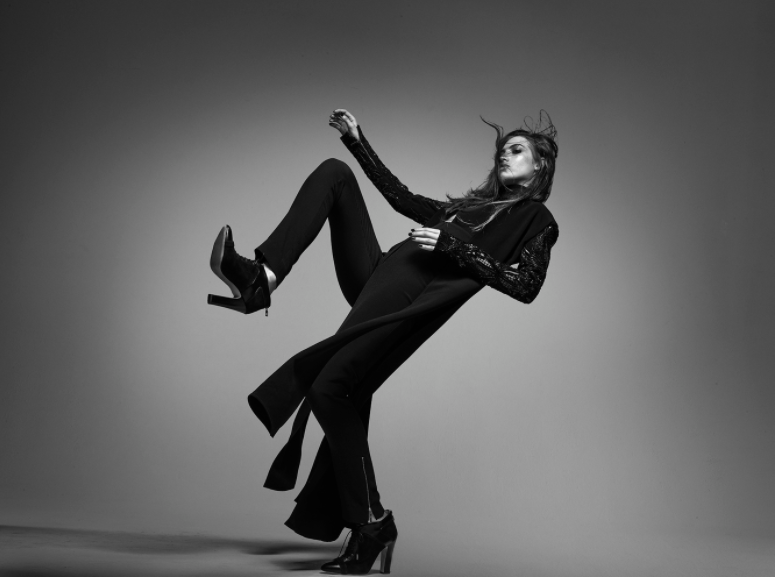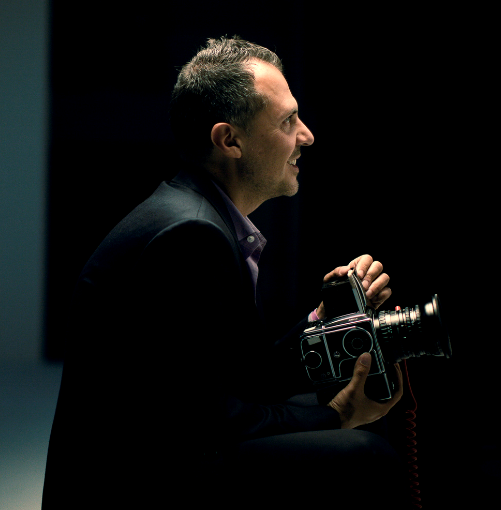World-Famous Photographer Rankin on Inspiration, Great Images, and More: Exclusive Fstoppers Interview
One of the photographers that shapes the future of portrait, fashion, and advertising photography is Rankin. His portfolio includes the portrait of HM Queen Elisabeth II and countless images of Kate Moss, Heidi Klum, and A-List celebrities. As a fashion photographer, he has photographed commercially for some of the biggest clients, while his editorial work has been displayed on the covers of most major magazines over and over again.
In conversation with Rankin, I asked him some of the most baffling questions I, as well as you, have. I spoke to Rankin and asked him everything from finding inspiration to what the future holds for photography.
Inspiration Comes From Being Bored and Hungry
For Rankin, inspiration is everywhere. Rankin loves photography and classic photographers. Rankin’s fascination with photography is nurtured by his commercial work, where he breaks taboos of genres and tries something different. He calls himself a big fanboy of photography. On top of that, he reads a lot and listens to a lot of audiobooks and podcasts. He describes himself as a cultural sponge that takes stuff in, which then nourishes him. Rankin’s magazine, Hunger, is called so as the founder is indeed hungry for stuff around him, like a cultural sponge.
Having started with little to no background in the arts at 20, Rankin studied the history of art and semiotics in college. This gave him the chance to be a blank canvas, as none of his family members were influenced at all by the arts.
Being a blank canvas person is what Rankin still strives for to this day; he makes himself bored and goes on walks. Ideas come from being bored and hungry.
Everything I learned, I taught myself.
Not Following Any Style Is Also a Style
When starting, Rankin made a conscious decision to not follow one style of photography and a choice to use whatever tools required to create the image. It then came to him as a shock that people were able to recognize his work at all. People commented that the images had an impactful directness to them, a strange honesty. In hindsight, this was the artists' personality coming through, regardless of the style or technique.
When asked about his style, he responded that he uses a visual style that matches the idea. This is not normal for most photographers, but he gets bored after a while if he does the same thing over and over again. Sure, he admires artists like Peter Lindbergh and how they explore their style, but Rankin can’t do it, as he gets bored. Although some may view this as a weakness, implying he is not seen as a top artist in one area of photography, for him, it enables photographing cars one day, flowers the other day, and nudes the third day.
I love photography, and it’s exciting for me.
Be a Photographer, Not a Technician
When it comes to large sets, he simply views them as a problem to solve. He likes solving problems, and that is what enables him to create work on a technical level. If something appears beyond his knowledge, hiring a more proficient technician does the job. Importantly, Rankin always pre-lights and solves all technical problems before the day of the shoot.
Photography demands concentration on the subject, not the technicalities.
Any Big Photographer Loves Their Genre
Albert Watson and Rankin both agree that to be a really big fashion photographer, you need to love fashion. Rankin admits he never loved it, so he considers himself not a big fashion photographer. In portraiture, he believes that you have to understand people. If you want to be a big portrait photographer, you need to love people. Rankin agrees that any well-respected photographer loves their subject. If you don’t love landscapes, don’t do them.
Arnold Schwarzenegger, E. On, 2001 Rankin
A lot of fashion photographers don’t necessarily understand fashion: the business, clothes, etc. It’s a real skill. Very few people can do it well.
Thought and Feeling: What Defines Great Work
If you can create an image that initially makes you feel something and then think something, it will be successful. He loves images that can break down a person. Images like that take a life of their own. When someone says, “that makes me feel something, and it sticks to me, I don’t know why” is when you’ve captured a great photo.
Robyn, Cobrastyle, 2008 Rankin
Some photographers will only have one picture that meets these criteria over their whole careers. The difference between a good and a great photographer is that a great photographer can do this again and again. Rankin states that if he is given a brief, he can fulfill it without any problem at all. This implies that he can create great work over and over again.
A great photograph does two things: It makes you think something and it makes you feel something.
Be an Artist, Even in Commercial Work, Especially in Commercial Work
A lot of photographers starting in commercial work do as they’re told; this is exactly what Rankin did too. Yet, he quickly realized that he is paid for his perspective. When someone hires Rankin, they don’t hire a technician; they hire a creative photographer whose job is to have an opinion and tell the client how Rankin would shoot it. The creative agency may use a mood board, to which the true creative photographer like Rankin has no problem saying: “I’m not copying that. I’ll do it like this.“
Spirit, Rolls Royce, 2011 Rankin
Even for photography greats such as Rankin, it’s tough, as sometimes, people don’t want him to have an opinion. He admits that when that happens, his work becomes boring. Rankin is a contrarian; he says that his style is being opinionated, and this is what makes his work interesting.
I am very collaborative, although I do have an opinion. As far as I’m concerned, the reason I get my day rate is because I have that opinion.
No budget too big, no budget too small. Rankin says that if he loves an idea, he can work for free. Working for free or with small budgets isn’t a waste of time; instead, it is planting seeds. From a shoot that you’ve done for free, you might get a big campaign. While that’s not the right approach for everyone, it works for Rankin.
Cry Baby, Hunger, Issue 8, 2015 Rankin
Portrait Photographer That Dabbles in Fashion
Rankin describes himself as a portrait photographer who dabbles in fashion. These two genres were far from what he started as: a documentary photographer. Unlike portraits or fashion, he saw himself as not very good at it. Because of this, he had to rethink his art. Portraiture came as the second favorite, as Rankin always was interested in people.
Birdsong, Hunger, Issue 11, 2016 Rankin
On the other hand, fashion was his sixth or seventh interest in photography. Rankin is seduced by fashion. He uses it to create ideas, and it’s the most creative part of his portfolio.
Rankin says that his fashion work is more about the idea, not the clothes. When he chooses clothes or models, he looks for a story, attitude, personality. A good professional model should have incredible character and a great attitude.
A lot of fashion is similar, and I try to do something very different.
Advice to Photographers: Being a Photographer Is Not Enough Now
Perhaps one thing that I as an interviewer and young photographer wanted to ask Rankin most was: if he were to start from scratch, what would he do differently? Interestingly enough, he doesn’t believe in regret and would keep his career the same. However, if he did go and have a word with his younger self, he would say to not be as arrogant. He says that his arrogance came from a lack of confidence. According to Rankin, humility and working collaboratively are two of the most important things that any photographer can have.
Eyescape, Alisa, 2013 Rankin
On a practical note, his advice to young photographers is to make sure you understand all of the media now, not only photography. To be successful, you can’t just be a photographer. Some aspiring photographers only shoot film because they think that this is what the big commercial photographers shoot on. Although this is sometimes true, a new era of photography dawns.
There’s a new breed of photographers coming through that don’t care what they shoot on. It’s more competitive now than it's ever been before. If you don’t have the skill set, do you understand the media you’re working in?
Elie Saab, HungerTV, 2015 Rankin
